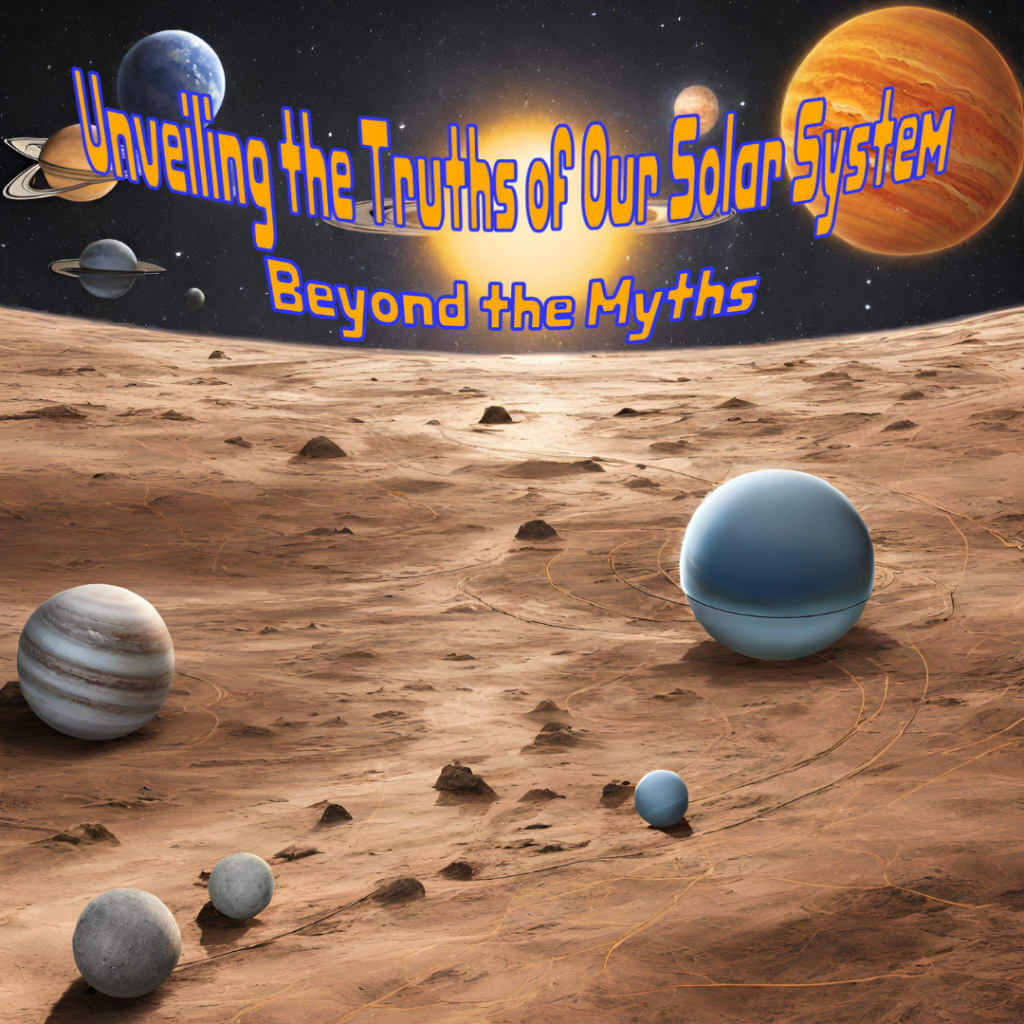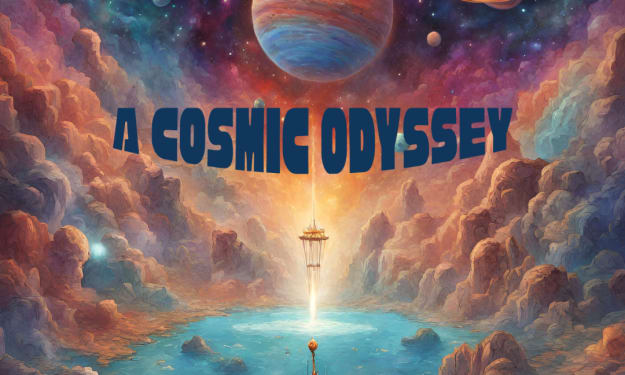Unveiling the Truths of Our Solar System
Beyond the Myths

Our Sun, often portrayed as a bright yellow ball of fire, defies the conventional perception when observed closely. Contrary to popular belief, it isn't yellow; it leans more towards green. Scientists determine a star's temperature by analyzing the color spectrum it emits. Each color corresponds to a specific wavelength, helping astronomers gauge the star's heat. While cooler stars appear red, the hottest ones glow blue. The Sun, emitting most of its energy close to the green wavelength, appears white due to a vibrant mix of colors when viewed from space.
On Earth, atmospheric conditions contribute to the Sun's yellow appearance. Our atmosphere efficiently scatters blue light, leaving a yellow hue. If the Sun were genuinely yellow, it would be 800 degrees Celsius cooler, altering the habitable zone in our Solar System and transforming Earth into a frozen, lifeless rock.
Dispelling another misconception, the Sun isn't on fire. Unlike burning, which involves a chemical reaction with oxygen, the Sun operates as a colossal nuclear reactor. Composed mainly of hydrogen and helium, it undergoes constant nuclear fusion in its core, converting hydrogen into helium and releasing colossal amounts of energy, explaining its scorching heat.
Exploring the realm of space, we debunk the cinematic portrayal of violent explosions. In the vacuum of space, where oxygen is absent, explosions as seen in movies are mere fiction. The vastness of space, with trillions of stars, challenges our perception of navigation. While movies depict navigating asteroid belts as perilous, the reality is more manageable. The asteroid belt between Mars and Jupiter, spanning 225 million kilometers, features widely spaced rocks, minimizing the risk of collisions.
Contrary to popular belief, being thrown into space wouldn't lead to instant freezing or explosion. In the vacuum, heat or cold doesn't propagate swiftly. Although the body would freeze, the process takes hours, and death would result from oxygen deprivation. Exploding in space is a myth, but the body would inflate due to nitrogen forming bubbles, leading to a gradual shutdown of organs.
Space, often perceived as extremely cold, lacks a defined temperature. Temperature results from particle movement and energy, absent in the vacuum of space. While some regions around stars are hot, others, distant from stars, can be frigid, with dense gas clouds reaching temperatures as low as minus 263 degrees Celsius.
Examining planets within our solar system, Mercury, the closest to the Sun, isn't the hottest. Venus claims the title due to its thick atmosphere inducing a greenhouse effect, resulting in a scorching surface temperature of about 475 degrees Celsius.
Our solar system, far from stationary, hurtles through space at 220 kilometers per second, completing an orbit around the Milky Way in 230 million years. Planets, moons, and the Sun engage in a gravitational dance, orbiting a central point known as the Barycenter. This intricate dance maintains balance despite the Sun's massiveness.
While Earth appears spherical from space, it's an irregular ellipsoid, bulging at the equator due to centrifugal force from its spin. This bulge makes gravity slightly weaker at the equator, facilitating easier spaceship launches.
The silent vacuum of space challenges the common adage, "In space, no one can hear you scream." While true to a certain extent, some regions, like the hot gas cloud around the black hole at the center of the Perseus Galaxy cluster, have enough particles for sound to travel, allowing us to hear the elusive symphony of space.
In conclusion, unraveling the truths of our solar system dispels common myths, revealing the awe-inspiring realities that defy conventional wisdom. Space, with its silent symphonies and cosmic wonders, continues to captivate our imagination, challenging us to explore the mysteries that lie beyond the myths.





Comments
There are no comments for this story
Be the first to respond and start the conversation.